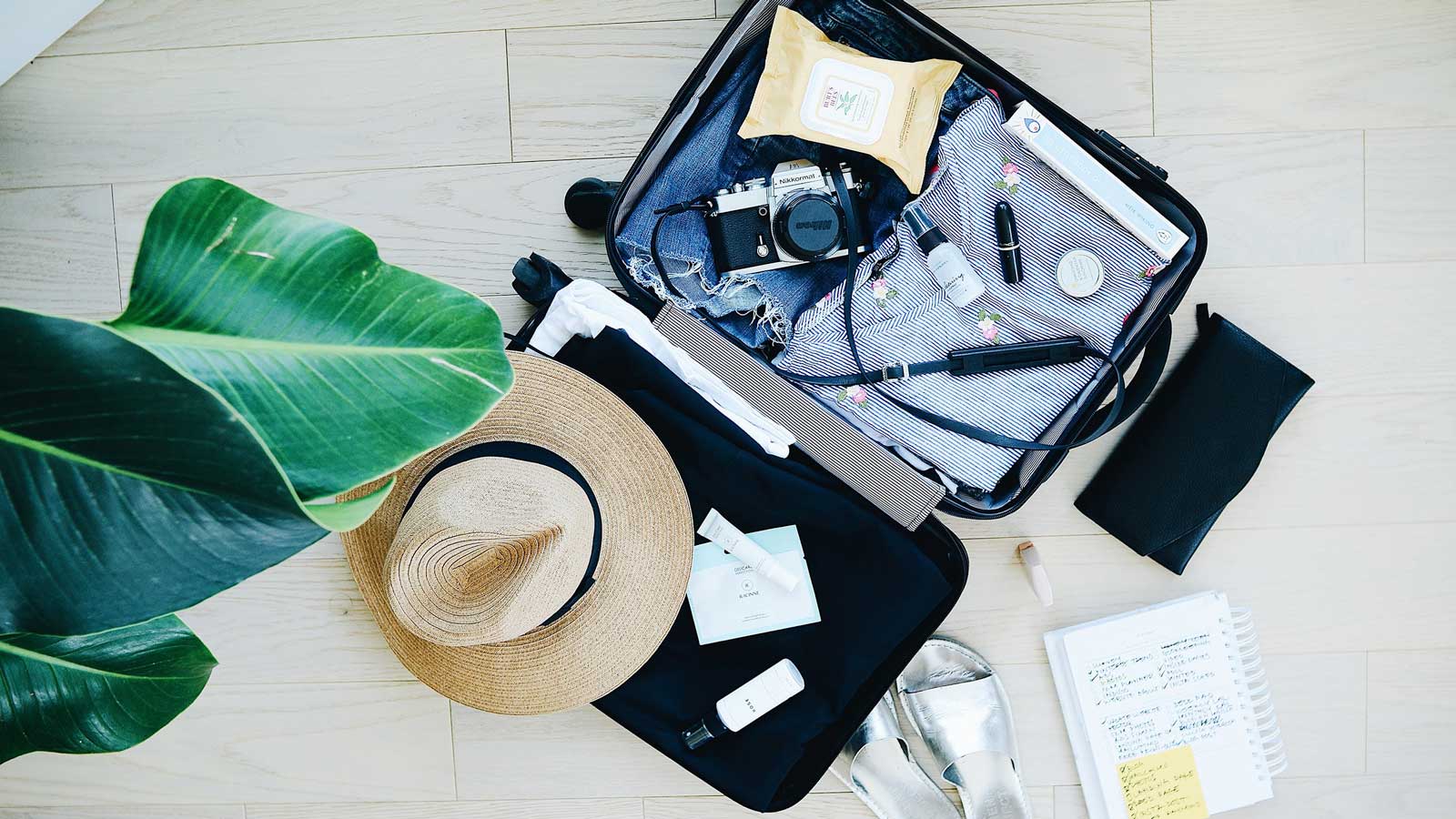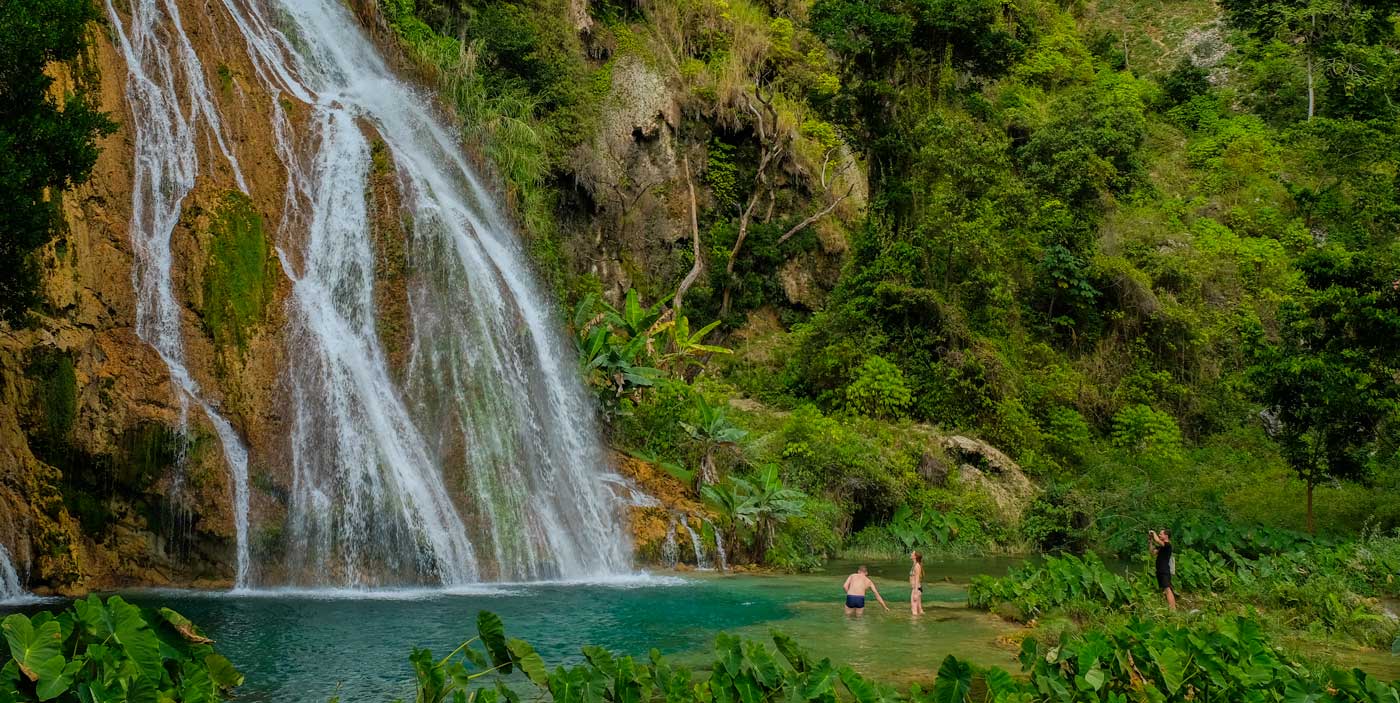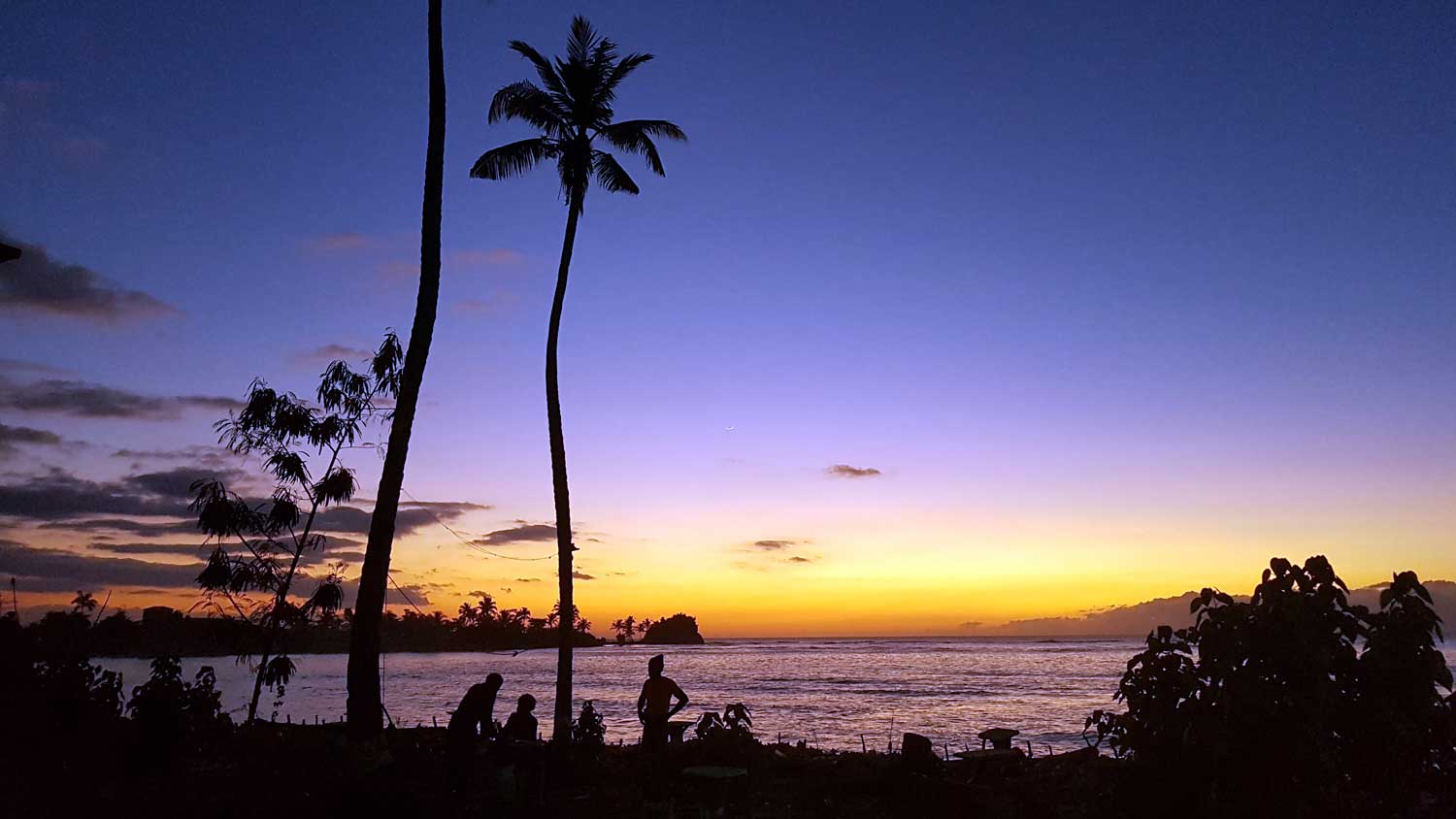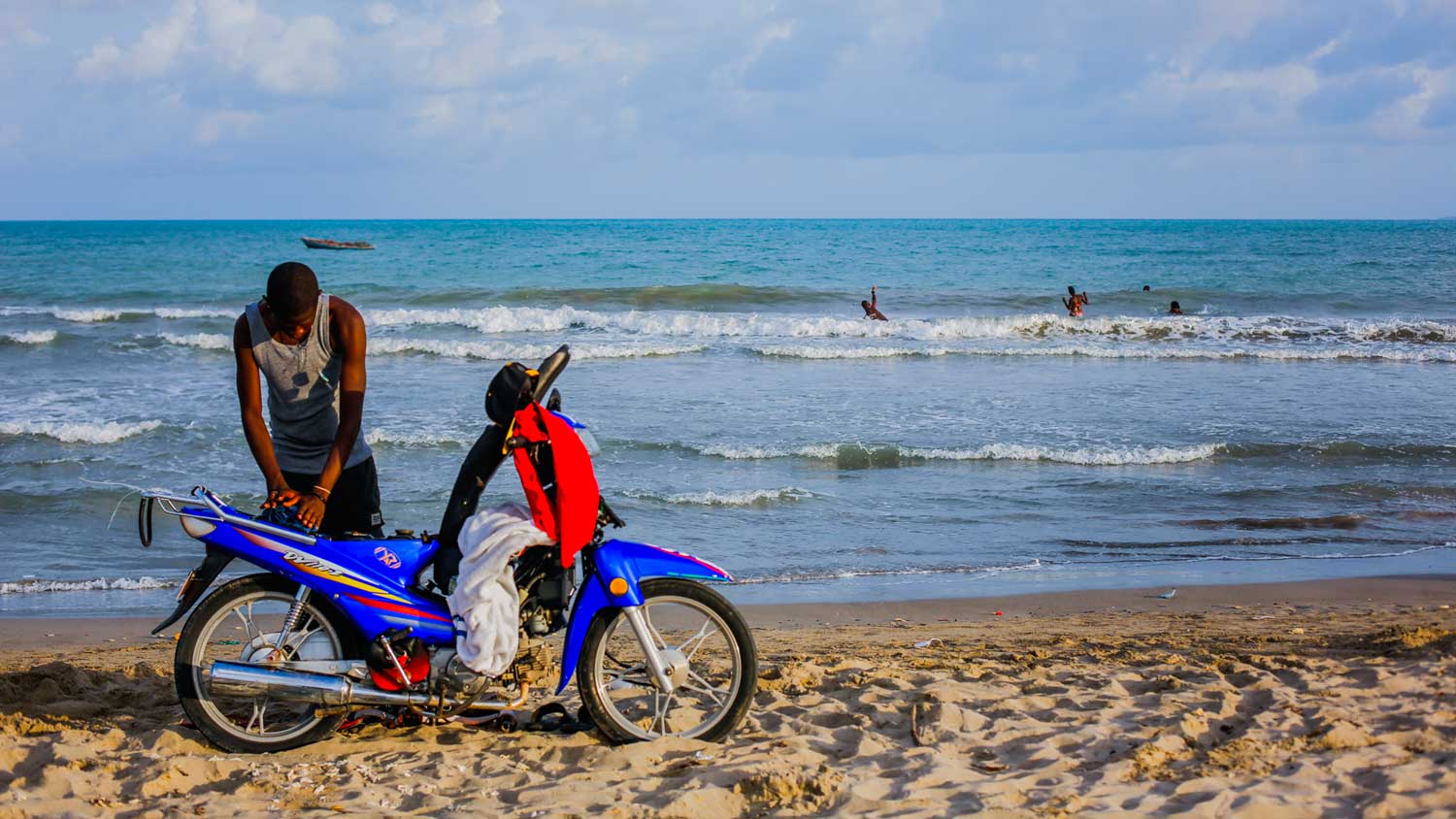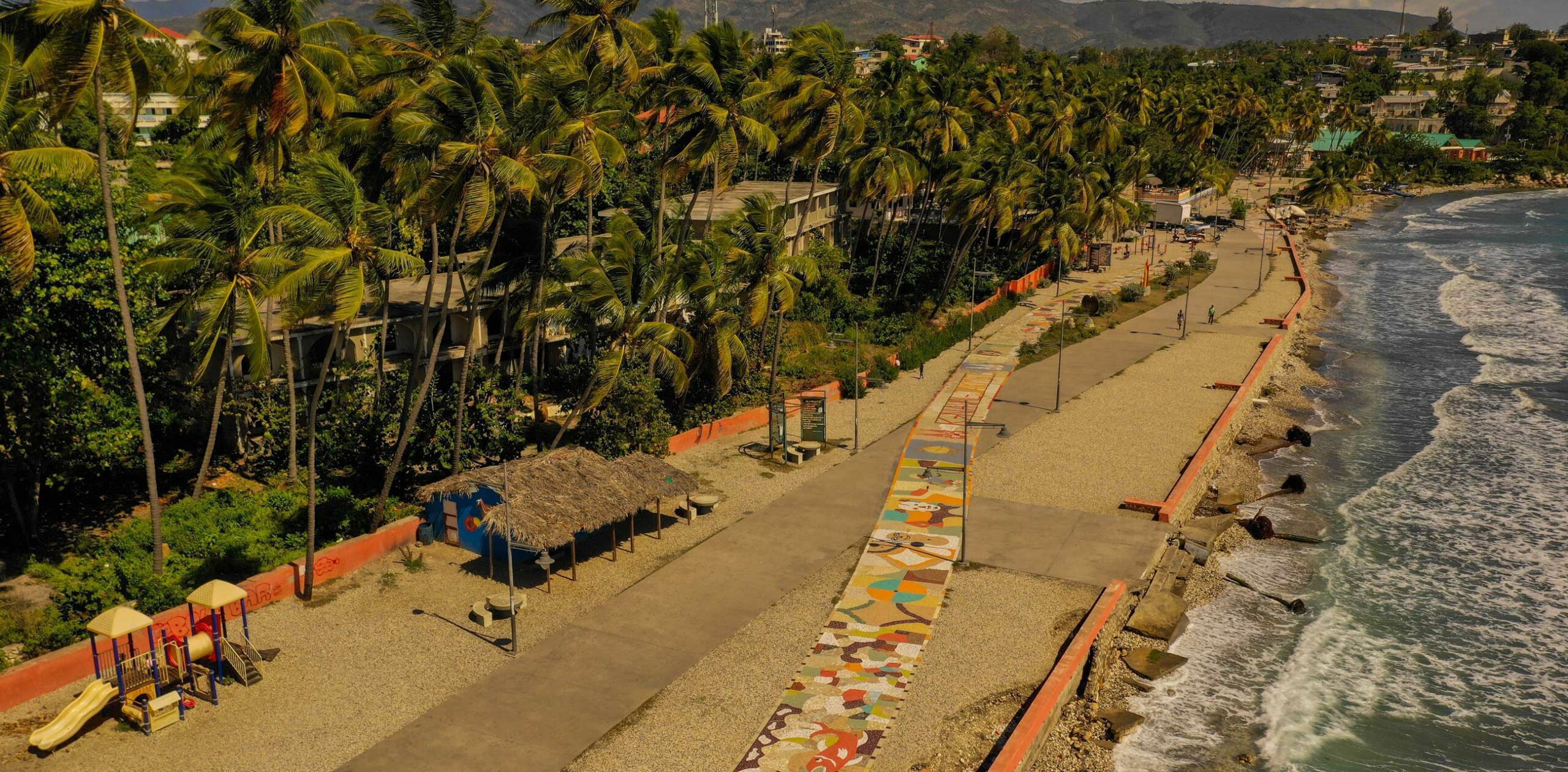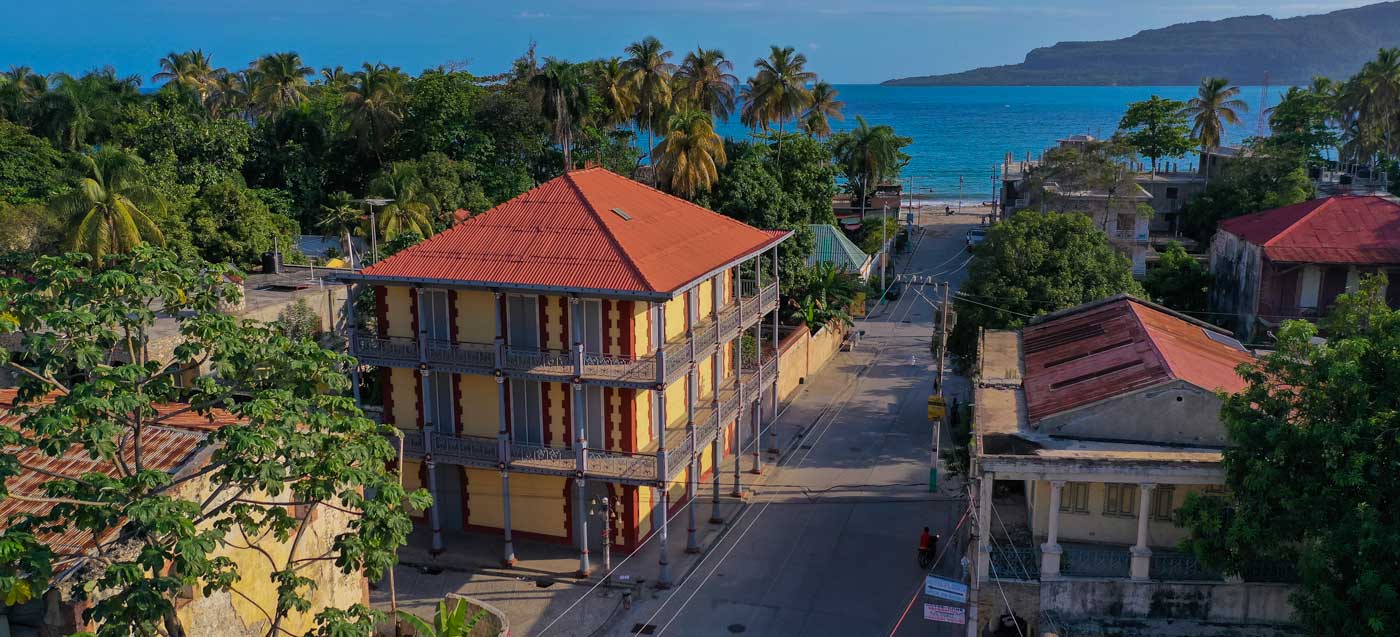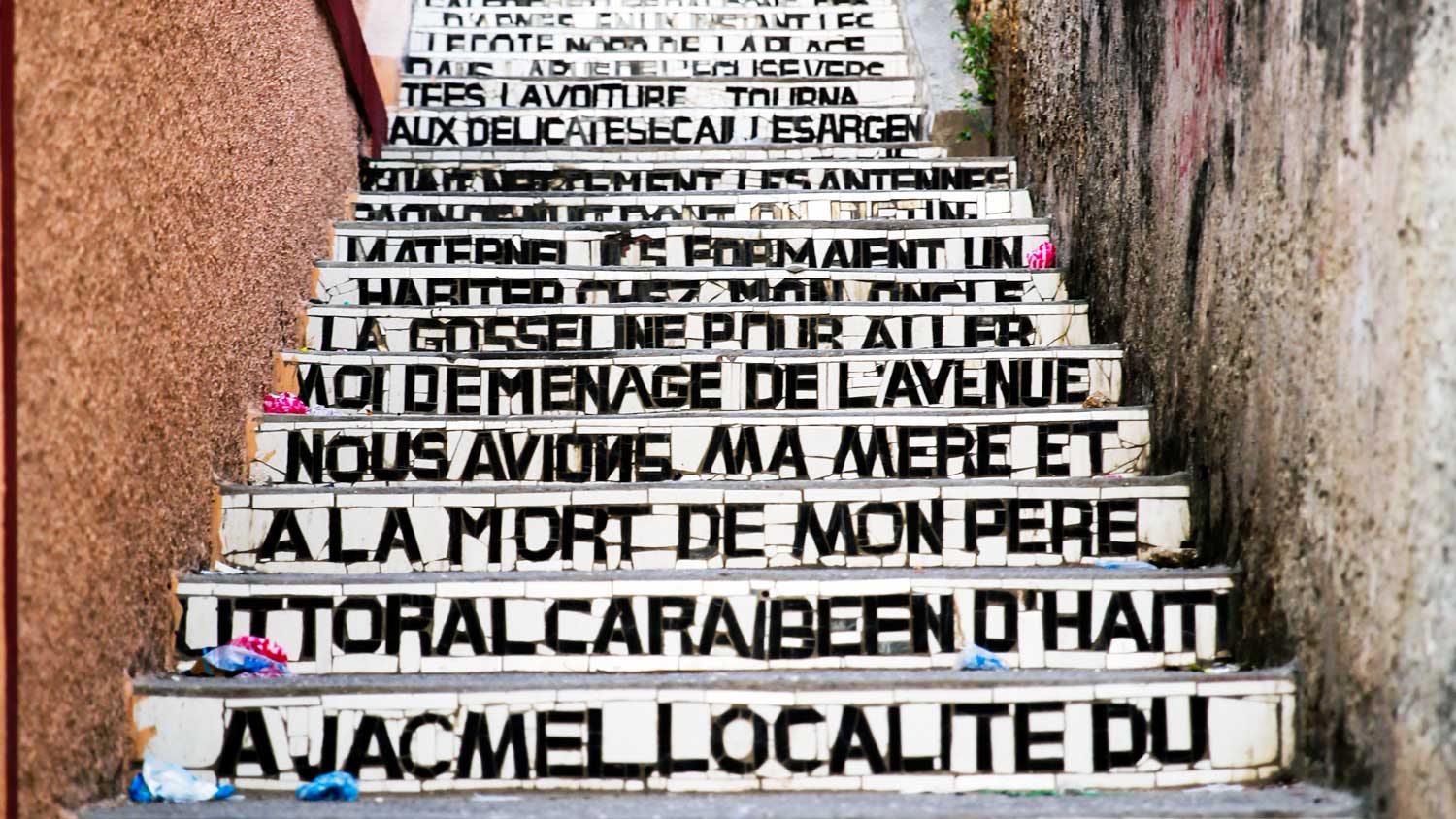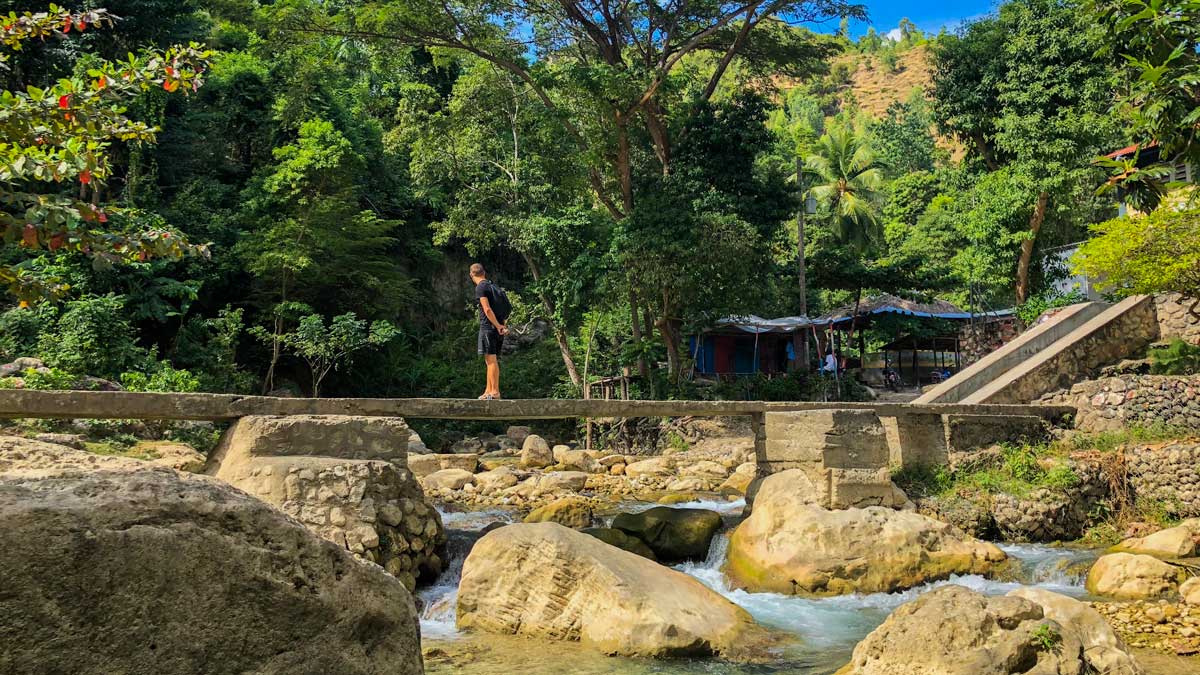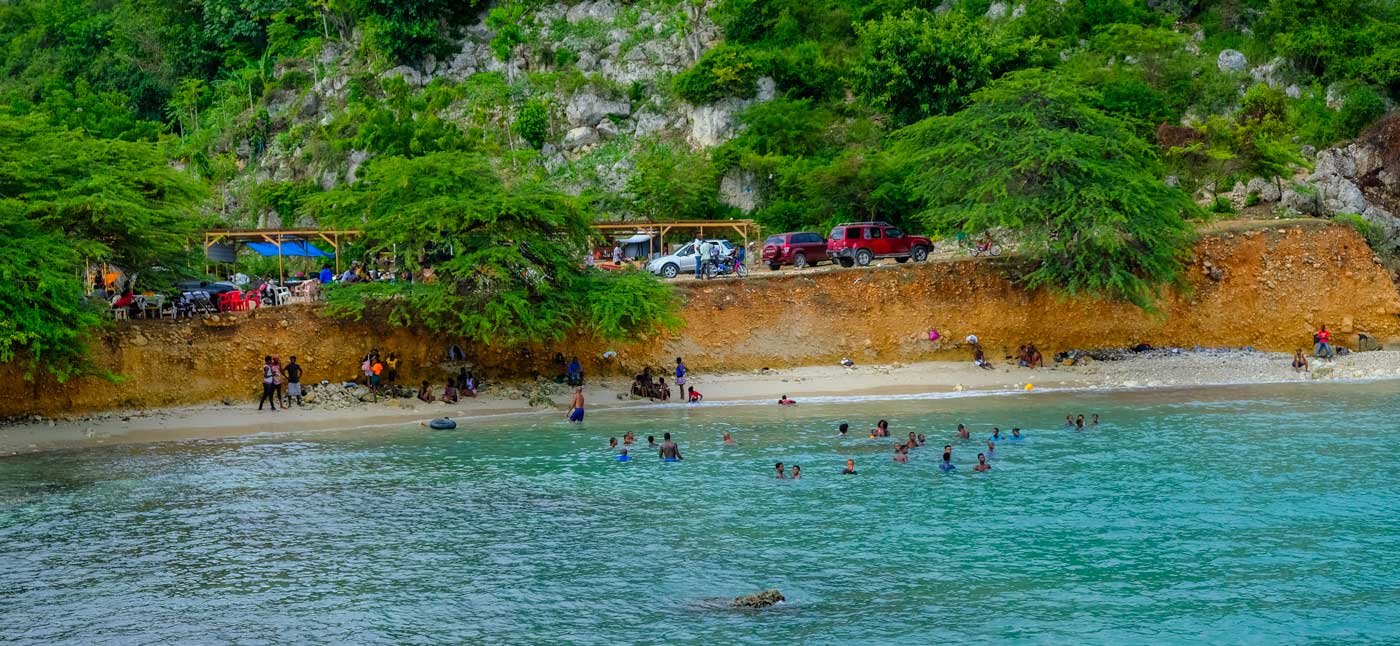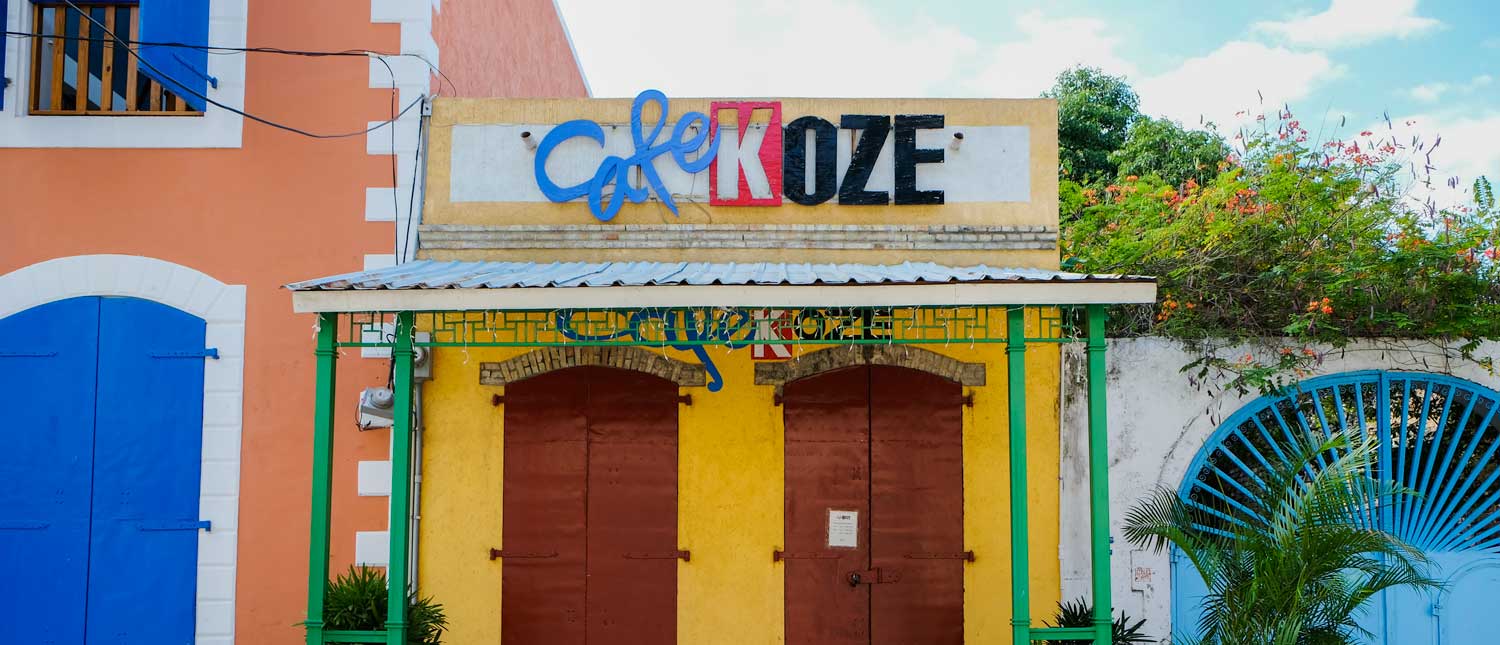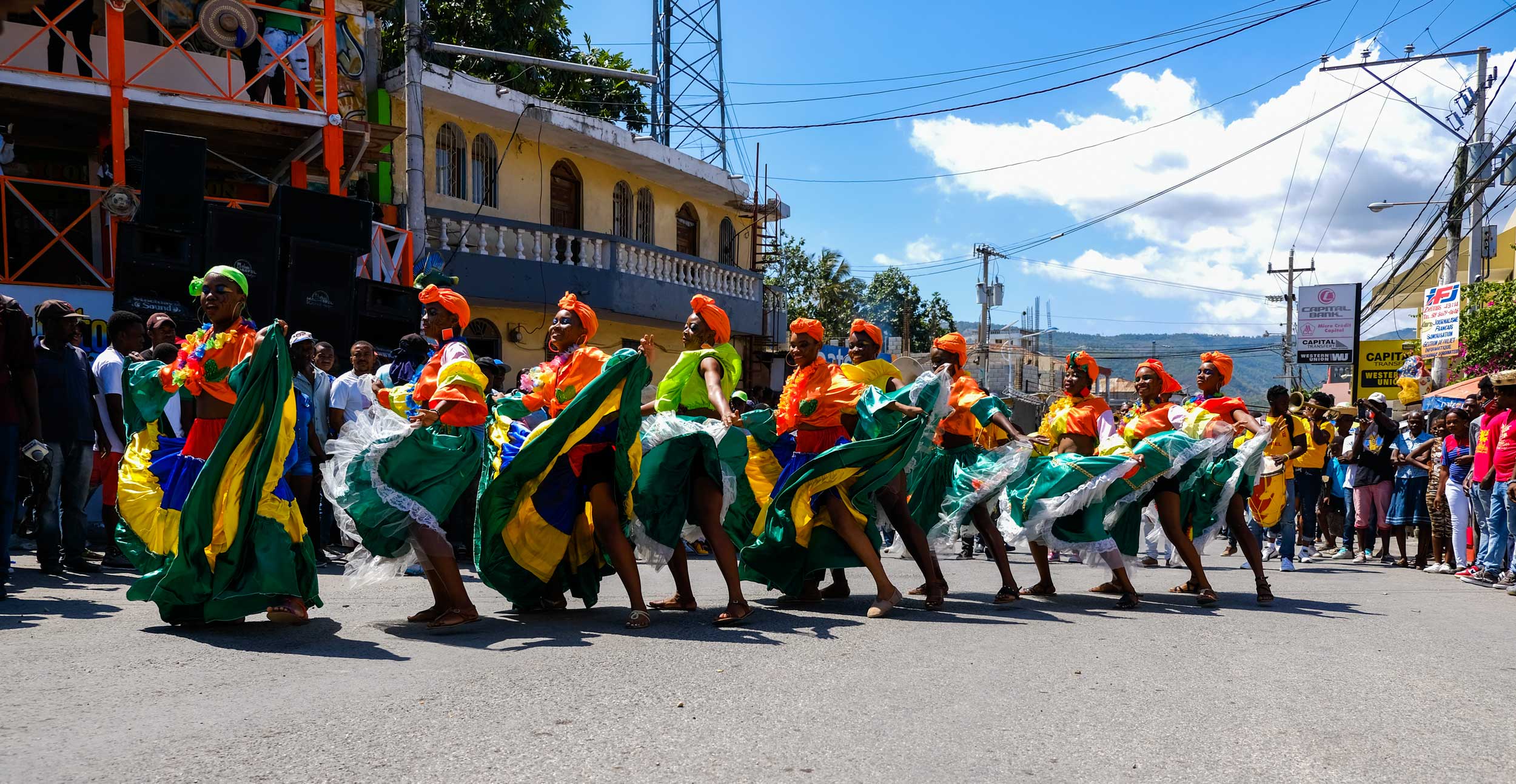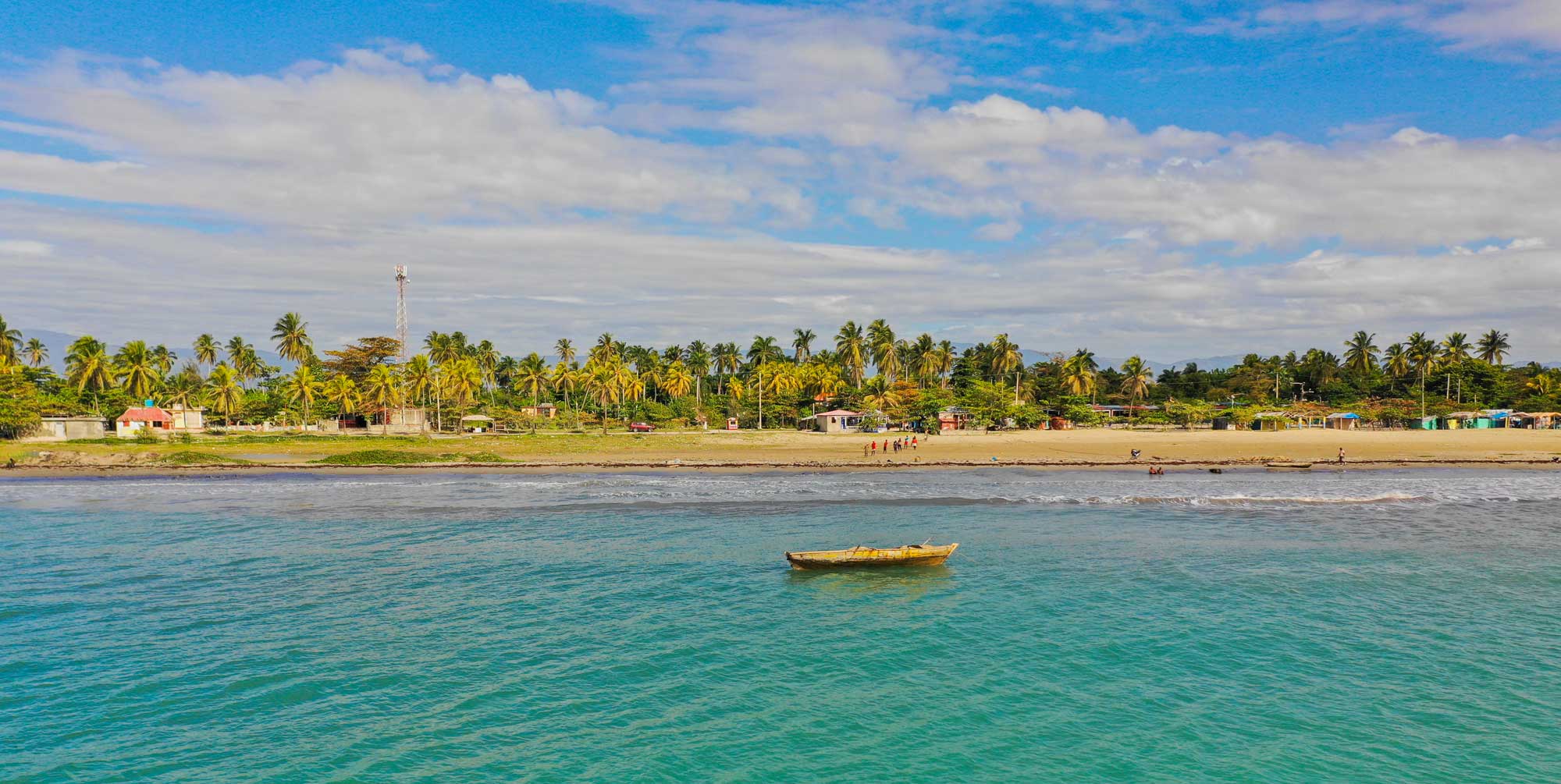
Photo: Mikkel Ulriksen
Gelée Beach
Situated in the heart of the Caribbean, between Cuba and the Dominican Republic, Haiti has over a thousand miles of coastline with dozens of destination-worthy beaches.
We’re talking white sand and turquoise water swelling up to coconut palms, chalk cliffs or jungle-clad mountains rolling off into the distance. Whether you choose one of the island’s most treasured coves or one of its many undiscovered wonders, the water here is warm all year round.
Gelée Beach
Located near Les Cayes in southern Haiti, Gelée Beach is one of the most popular beaches in Haiti. Highlights including the beachside fritay merchants and the chance to see cows grazing in fields that reach almost to the water’s edge. Compared to other popular beaches in Haiti, the surrounds are flat and open. Pastoral scenery notwithstanding, the water is tropical and the swimming here is lush.
The beach itself winds around the southern coastline for miles, with soft, pillowy sand melting into some of the most crystal clear waters you’ll find anywhere on the island – or in the Caribbean, for that matter.
Grab a bite
Colorful shacks of food vendors dot the treeline. The number of them is a testament to how popular Gelee beach is and how good the seafood is here. If you’ve already tried Haitian cuisine in Port-au-Prince, you’ll be familiar with the fried plantains and meat – typically called fritay, but don’t miss the chance to try the locally-caught seafood.
If you find the queues for the beachside food overwhelming, you’ll find a choice of restaurants and hotels a short drive from the beach.
At night, Gelée transforms into a lively, well-lit destination for dinner by the shore. The broad boulevard fills with music and foot traffic. People flock to the beach for Gelée’s specialty – grilled fish with fried plantains. Avoid a long wait by going with a local who can walk right up to their vendor of choice and order the right way.
Watch our video of the twoubadou band Tet Ansanm Twouba from Gelée Beach.
Getting there
Gelée beach is a twenty minute drive from downtown Les Cayes. As city gives way to surf, the road gives way to a sandy dirt track. Park off Route de Gelee and walk through the main entrance to the beach – the one closest to the bars and music – to be welcomed by the most picturesque view of the beach.
When to go
Every year, on August 15, the residents of Les Cayes celebrate Patron Saint festival of Our Lady of the Assumption. Thousands of people from all parts of Haiti and from the diaspora come to Les Cayes to participate in the festivities. If August 15 falls on a Friday, some extend their stay to the whole weekend.
During the festival, music can be heard from every rooftop, sidewalk, and front door of the city. There are plenty of activities for kids, and the highlight is the kite building and flying contest in Gelée, where adults and children come together. Kite-flying is hugely popular in Haiti, and has an entire season dedicated to it: kite season!
For a vibrant slice of Haitian summer life, August 15 is the perfect time to visit Gelée and Les Cayes.
Written by Kelly Paulemon.
Published December 2018
Find Gelée Beach
External Links
Read more about Gelée Beach

Haiti’s Best Beaches & Islands

Paradise for your inbox
Your monthly ticket to Haiti awaits! Get first-hand travel tips, the latest news, and inspiring stories delivered straight to your inbox—no spam, just paradise.






